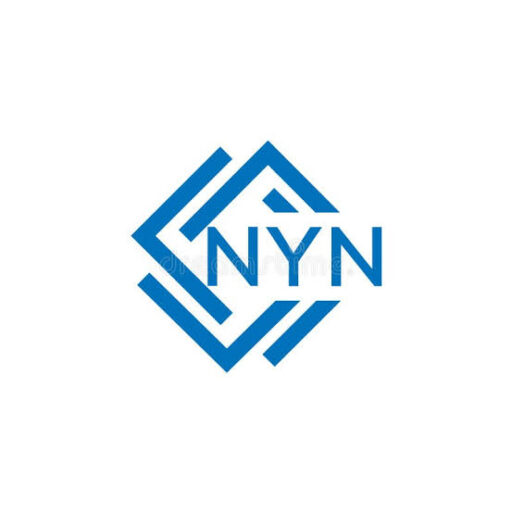Introduction
The rollout of 5G technology has transformed the way we connect, providing ultra-fast speeds, lower latency, and improved network reliability. By 2025, 5G is more than just a telecommunications upgrade—it’s powering industries, smart cities, and real-time applications in ways previously unimaginable. With wider adoption and deeper integration into everyday life, let’s explore how 5G expansion is shaping the future.
Key Innovations in 5G Expansion
The progress in 5G technology in 2025 includes:
- Global Network Coverage – 5G infrastructure is now widely available, reaching rural and underserved regions.
- Ultra-Low Latency – Faster response times allow seamless real-time applications, from cloud gaming to autonomous vehicles.
- Integration with AI & IoT – 5G enhances communication between smart devices, improving automation and efficiency.
- Private 5G Networks – Businesses and industries are adopting dedicated networks for secure, high-speed connectivity.
- 6G Development Begins – Research into next-generation networking sets the stage for future advancements beyond 5G.
Real-World Applications
5G expansion is reshaping multiple sectors:
- Healthcare – Remote surgeries and telemedicine thrive with reliable high-speed connectivity.
- Smart Cities – 5G supports intelligent infrastructure, improving transportation and energy efficiency.
- Autonomous Vehicles – Faster communication between self-driving cars enhances safety and navigation.
- Entertainment & Media – Streaming services deliver ultra-high-definition content with near-zero buffering.
- Manufacturing & Industry – Automated factories utilize 5G-powered robotics for real-time decision-making.
Challenges & Future Prospects
Despite its advantages, 5G expansion faces hurdles:
- Infrastructure Costs – Expanding coverage, especially in remote areas, remains a financial challenge.
- Security Concerns – Increased connectivity raises cybersecurity risks that require stronger encryption measures.
- Spectrum Availability – Governments and telecom providers must allocate sufficient frequencies to support growing demand.
Looking forward, 5G will become the backbone of emerging technologies like AI-driven automation, mixed reality experiences, and hyper-connected societies.
Conclusion
The expansion of 5G in 2025 marks a turning point in global connectivity. With rapid network improvements, industries are benefiting from faster speeds, improved reliability, and new possibilities for innovation. As adoption continues to grow, the future of communication and technology will be defined by the limitless potential of 5G-enabled applications.

